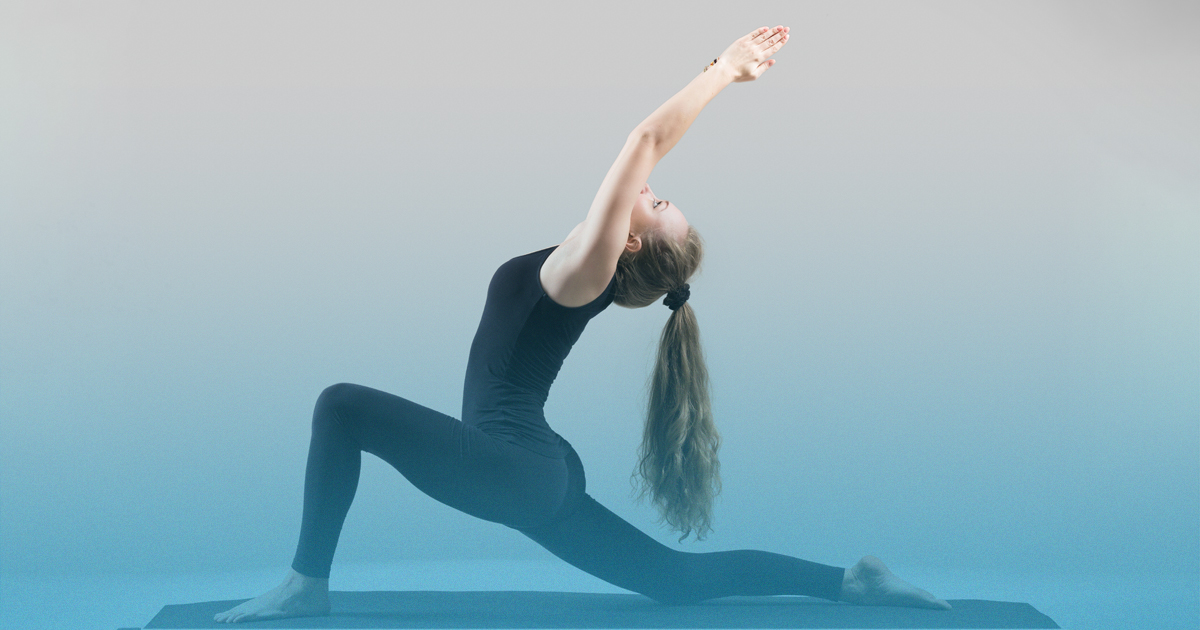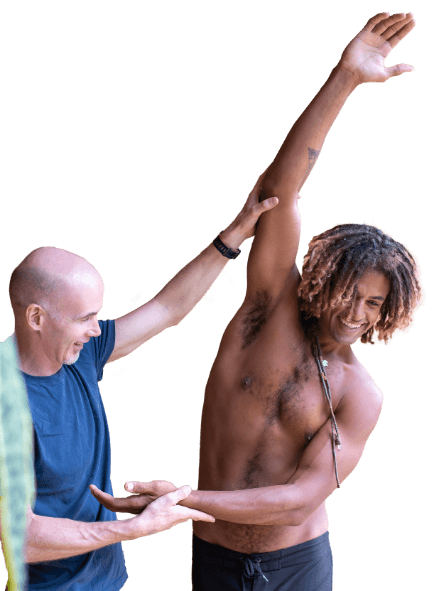
Many teenagers face scoliosis, which can lead to concerns about treatment options, especially surgery. In this article, we’ll explore the challenges of scoliosis, the limitations of traditional treatment methods, and various non-invasive alternatives that teens can use at home. By understanding these alternatives, teens can make informed decisions that may help them avoid invasive surgical procedures.
For many teens diagnosed with scoliosis, the immediate worry is the possibility of surgery. However, there are many alternatives to explore before considering such a drastic step. While surgery might be necessary in severe cases, effective non-invasive treatments can help many manage their condition successfully.
When scoliosis is first diagnosed, it can be a shocking experience, especially for teenagers. The condition often seems to appear suddenly, which can be alarming for both the teen and their family. However, scoliosis typically develops over time, and it’s essential to recognize the signs early.
Scoliosis causes the spine to curve sideways and can affect any part of the spine, but it most commonly impacts the thoracic (chest) and lumbar (lower back) regions. Idiopathic scoliosis, the most common form, has no known cause, leaving many teens wondering why it happens to them. Accepting this condition can be tough, as it often leads to self-esteem issues due to changes in appearance, such as uneven shoulders, rib humps, and a shifted waist. Girls are more affected than boys, and the most common curve is the Reverse S shape when looking at someone from behind. It is also called a Dextro Thoracic, Levo Lumbar curve.
While mild scoliosis may not cause significant health problems, severe cases can compress vital organs like the lungs and heart, leading to serious health risks. The degree of the curve will be above 80, measured using the Cobb Method. As teens grow older, they may experience pain, stiffness, and fatigue, which can impact their daily activities and quality of life.
When teens first see a doctor for scoliosis, they often encounter a limited set of options: watchful waiting, bracing, or surgery. This traditional approach only sometimes considers the variety of non-invasive therapies that teens can use immediately.
The wait-and-see approach involves regular monitoring through X-rays to see if the curve worsens. If it does, bracing might be recommended, and surgery becomes a possibility if the curve reaches a specific angle. Traditional surgery often involves fusing the spine with rods, which can lead to complications and a lifetime of limited mobility. While modern techniques have improved, they still carry risks and don’t guarantee success.
An emerging technique called vertebral tethering shows promise, but at the moment (2024) it’s not widely available. Many teens undergo unnecessary surgeries that may lead to further pain and complications, which can be incredibly frustrating.
Fortunately, teens can use several non-invasive methods at home to manage scoliosis effectively. One of the most beneficial approaches is exercise. Research shows that specific exercises can help slow down, stop, or even reverse the progression of scoliosis.
For example, this study found that patients with curvatures between 20° and 40° who wore a brace for at least 18 hours a day saw significant reductions in curve progression. However, sticking to a bracing schedule can be challenging, especially for teenagers.
Incorporating scoliosis-specific exercises can be incredibly effective. Take Fabi, who reduced her upper back curve by 18% and her lower back curve by 31% in the same timeframe by following the Scoliosis Protocol online. The remarkable thing is that the course we offer is in English, and Fabi had to get a translation to help her with the videos and Zoom meetings!

Another crucial aspect to consider is diet. Research indicates that teens with scoliosis may have imbalances in neurotransmitters like serotonin. Eating tryptophan-rich foods like salmon, chicken, eggs, and spinach can help support serotonin levels.
In addition to exercise and dietary changes, passive therapies like physiotherapy, chiropractic care, massage, and acupuncture can help manage symptoms like pain and stiffness. However, these treatments alone haven’t been shown to reduce spinal curvature.
In conclusion, teens diagnosed with scoliosis should know that their treatment options extend beyond bracing and surgery. Non-invasive methods, including specific exercises and dietary changes, can significantly impact the management of scoliosis and may even reverse its progression.
Teens need to explore holistic approaches that benefit their overall health, including bone and muscle strength and mental well-being, whether or not they choose surgery. If you’re a teen looking to explore these techniques further, consider contacting a professional specializing in scoliosis management. By taking control of your treatment plan, you can improve your quality of life while avoiding invasive surgical options.
Stay informed about your condition and share this knowledge with others who may benefit. Together, we can create a supportive community for teens navigating scoliosis.
If you want us to have a look at your case and help map out your next steps then email me: ed@edpaget.com

Over the last 10 years Ed has been building a YouTube library to help people manage their own pain or movement limitations and increase performance through exercise. He regularly adds videos so be sure to subscribe and visit regularly


"Oh My Gosh- I am ALREADY feeling relief after a few days! I used to wake up 2-3 times a night with shooting pain that anti inflammatories couldn't touch. Now I have been waking up just because I want to notice what it feels like to lay in bed pain free- THANK YOU!."

"When I first started with your program I was experience a lot of pain. Walking was difficult. I had to stop and catch my breath every few minutes and lean against a wall for support. Now when I walk with my husband we go for over an hour. I never had to sit down and stop...and, hardly any pain!!! 😊😊 I can’t thank you enough."
Frustrated that you aren't recovering fast enough?
Discover how to heal from illness and injury using movement, food and lifestyle.